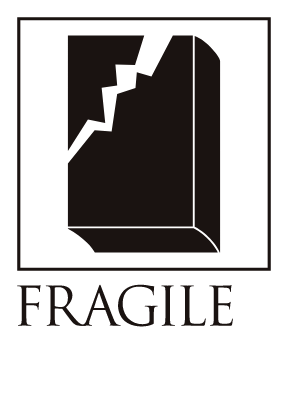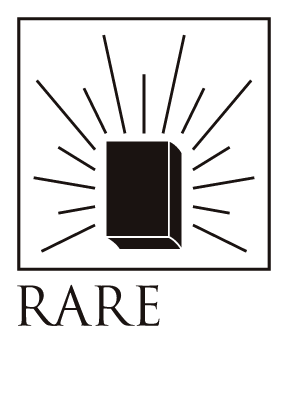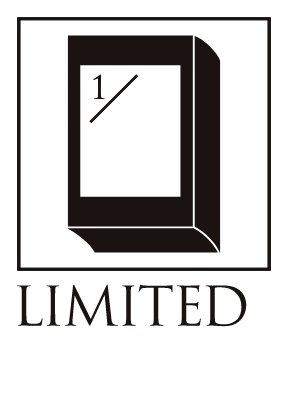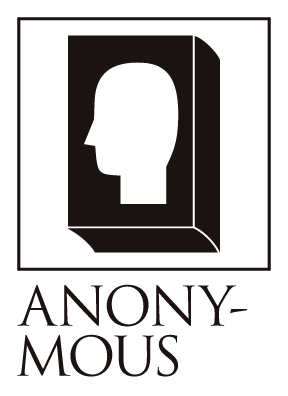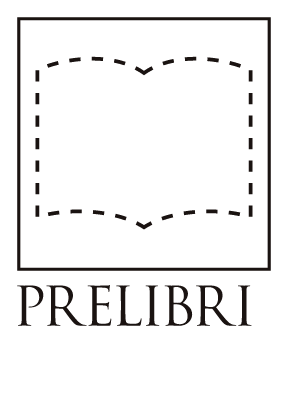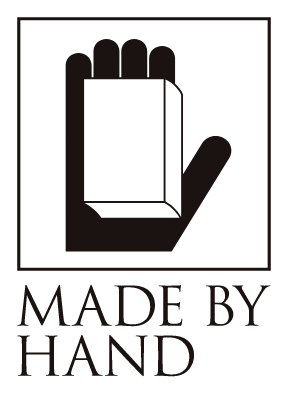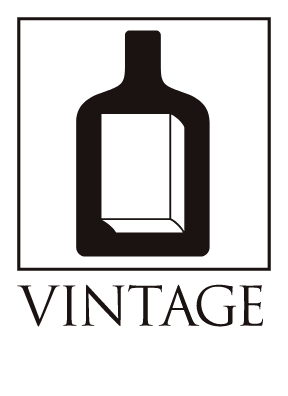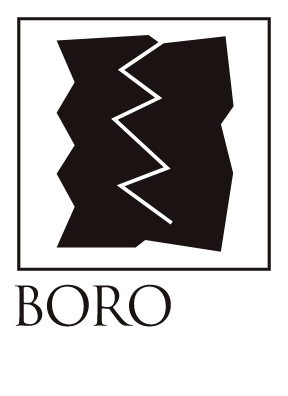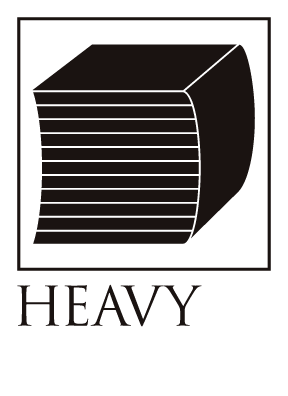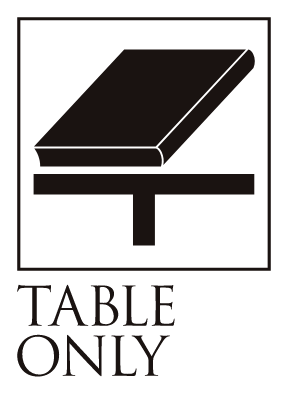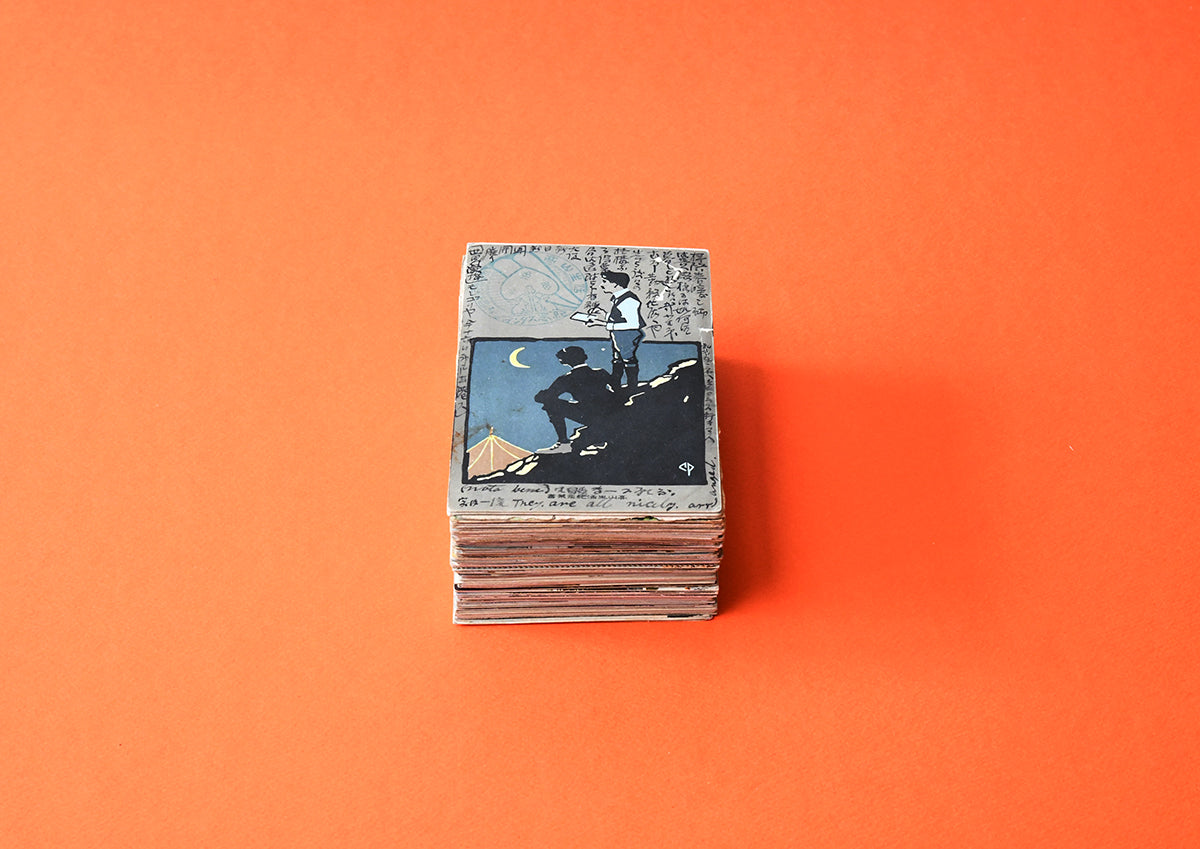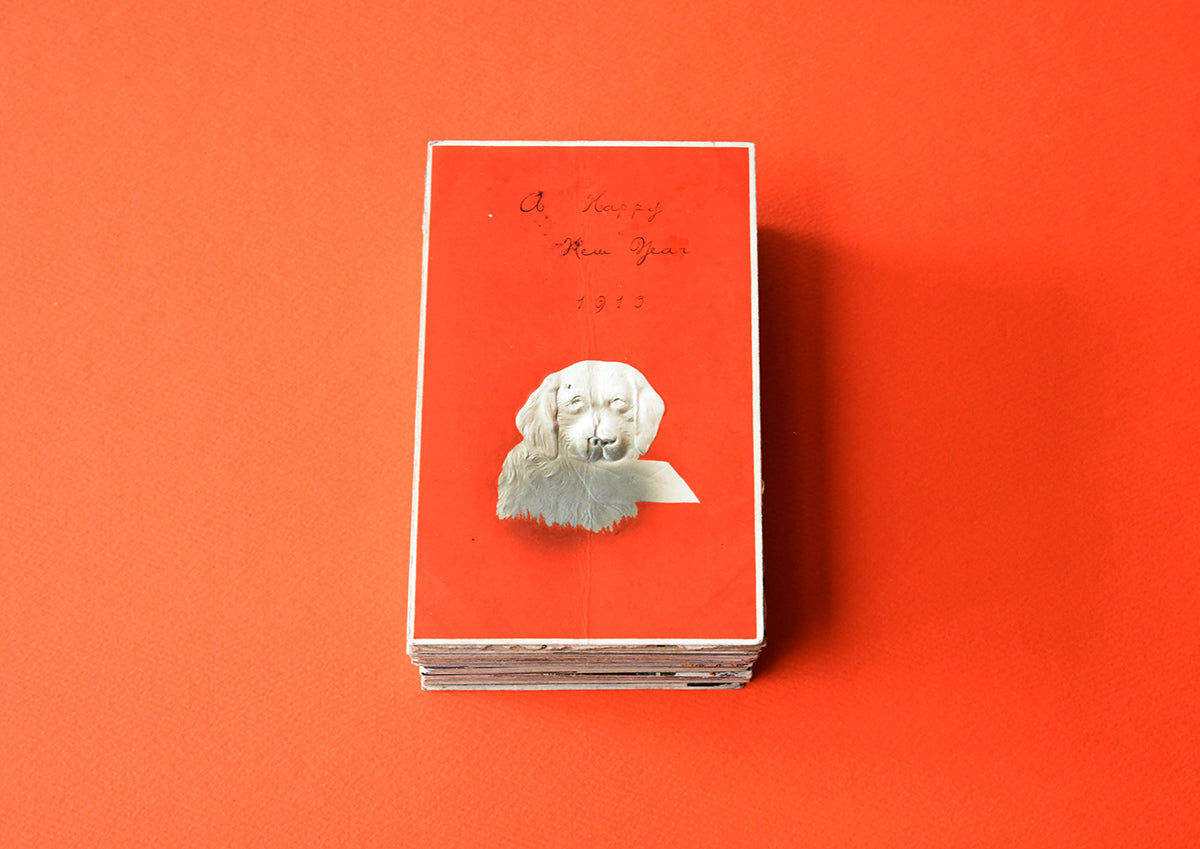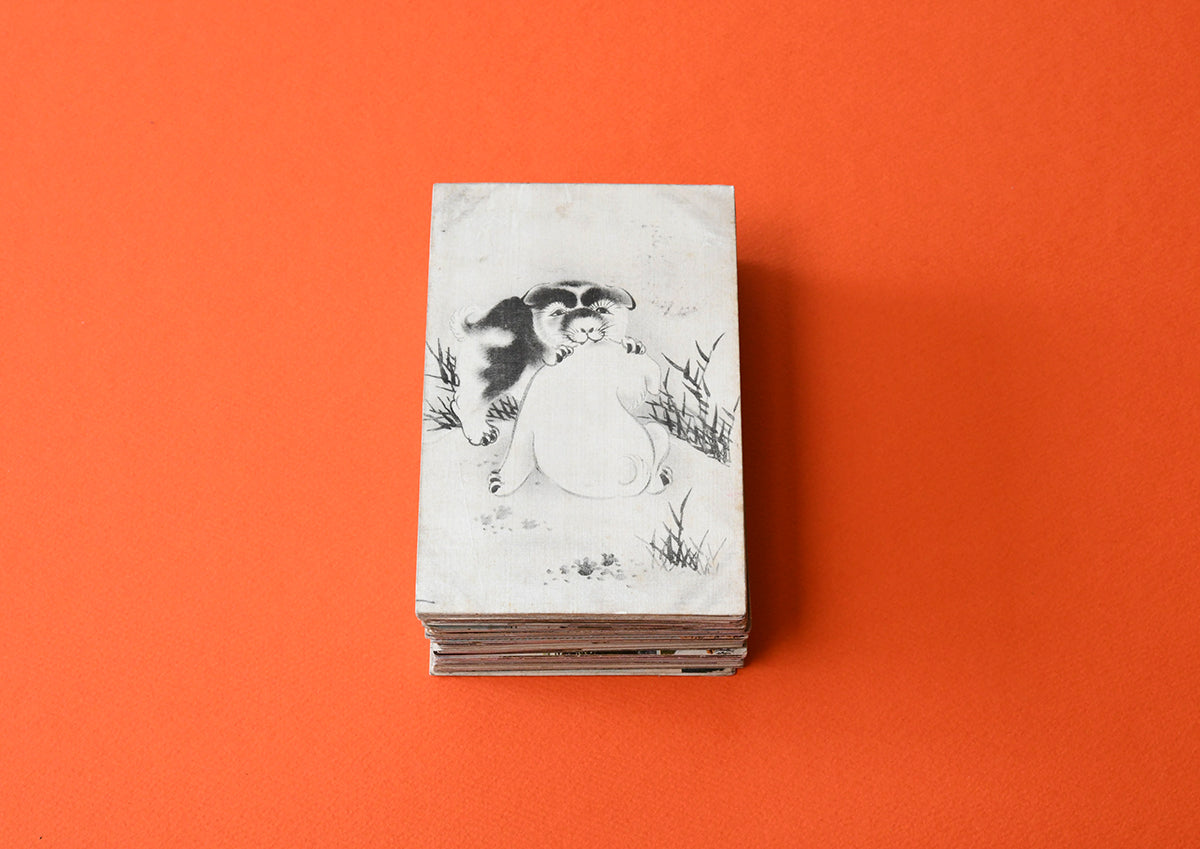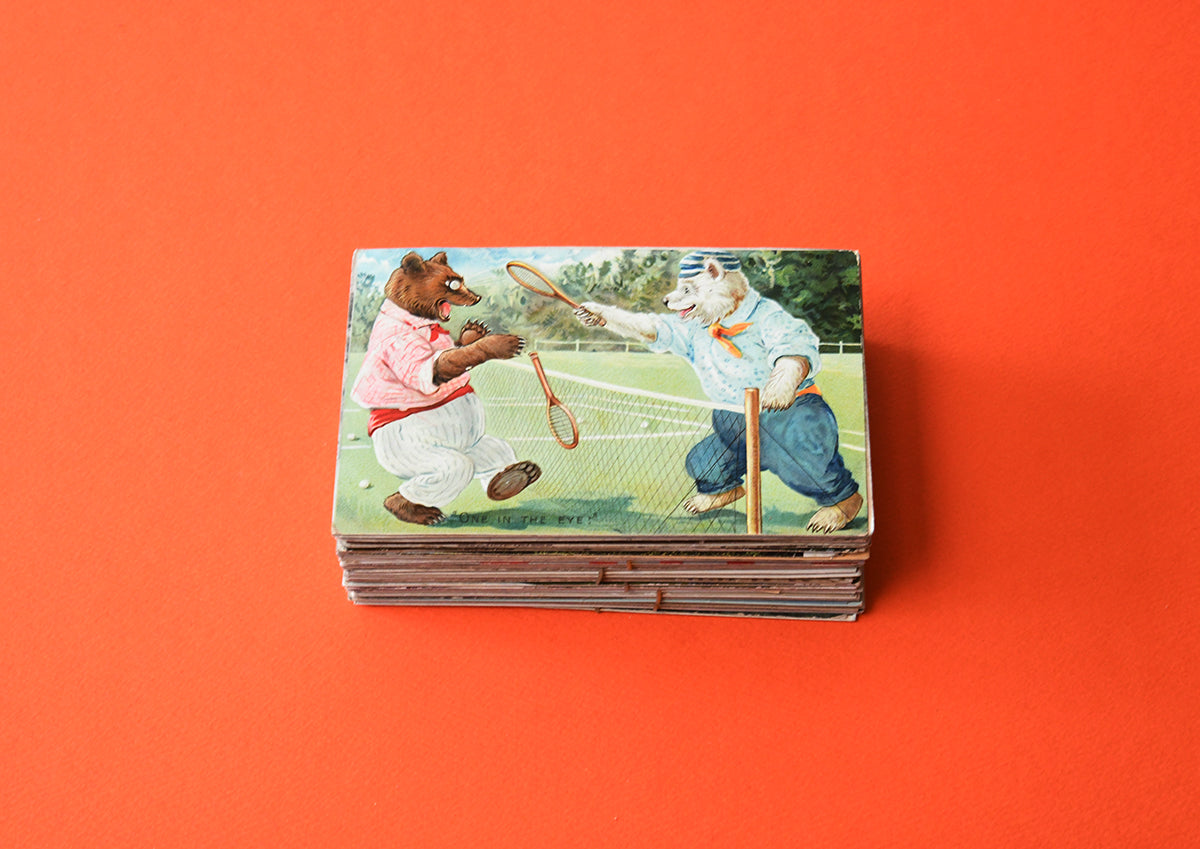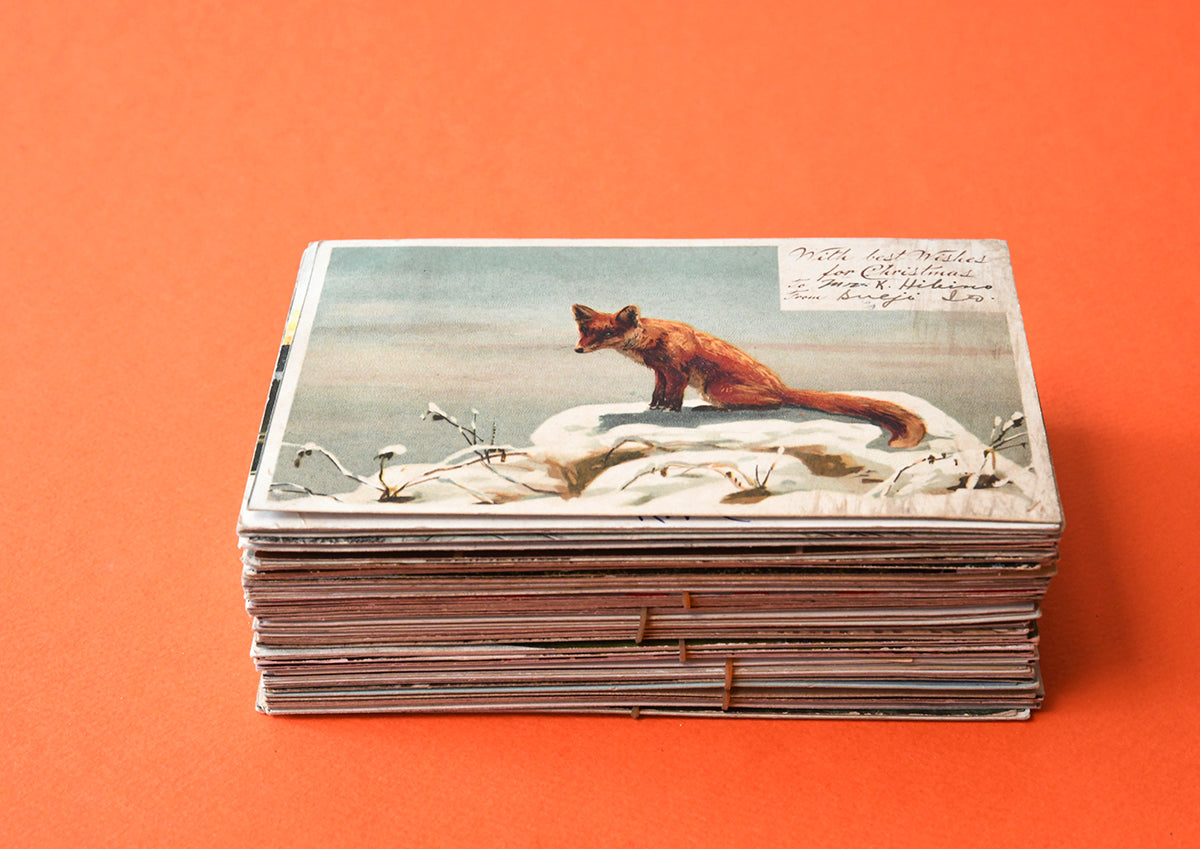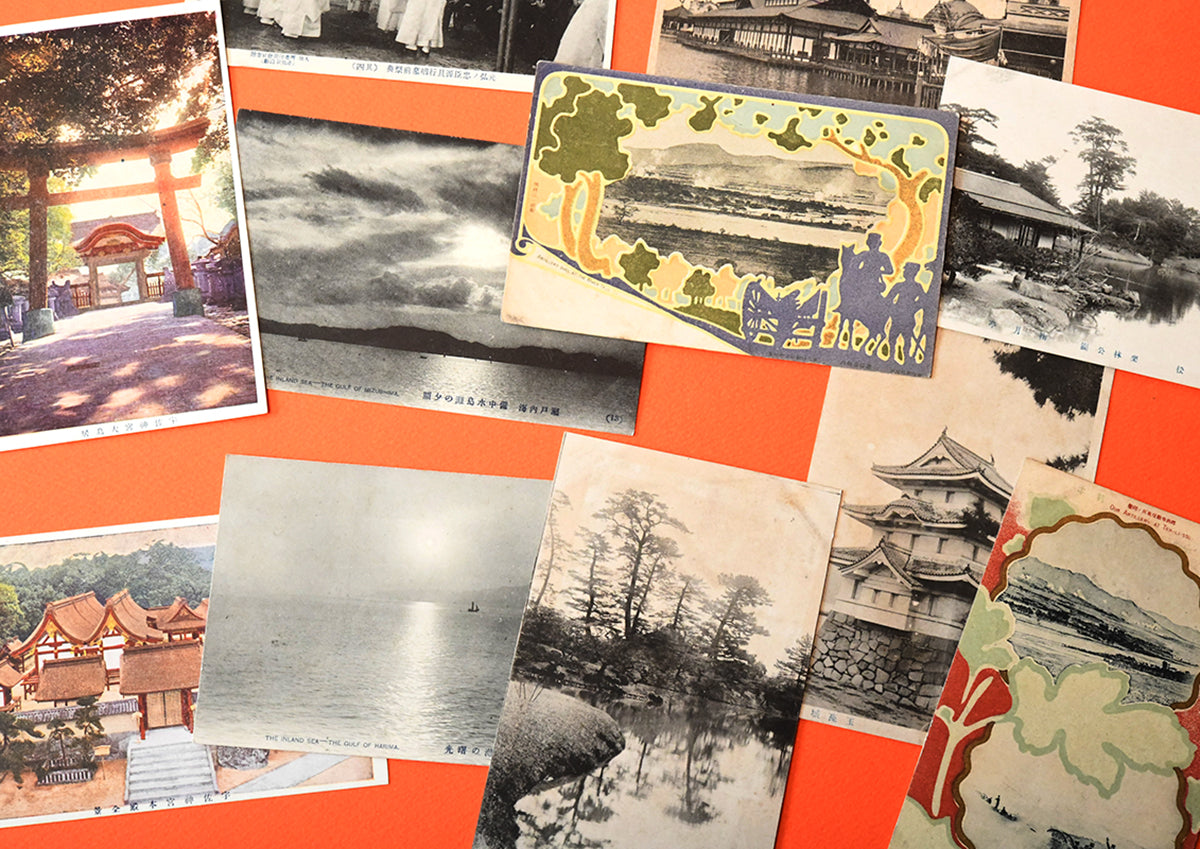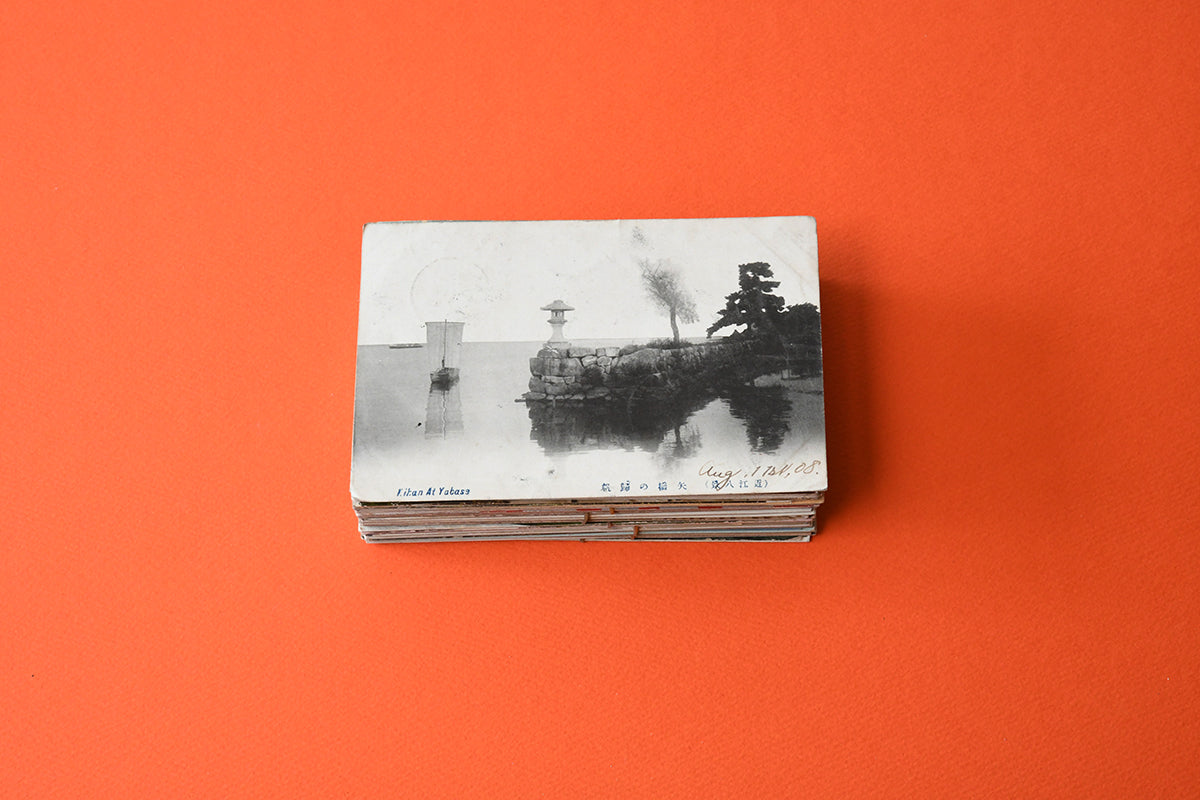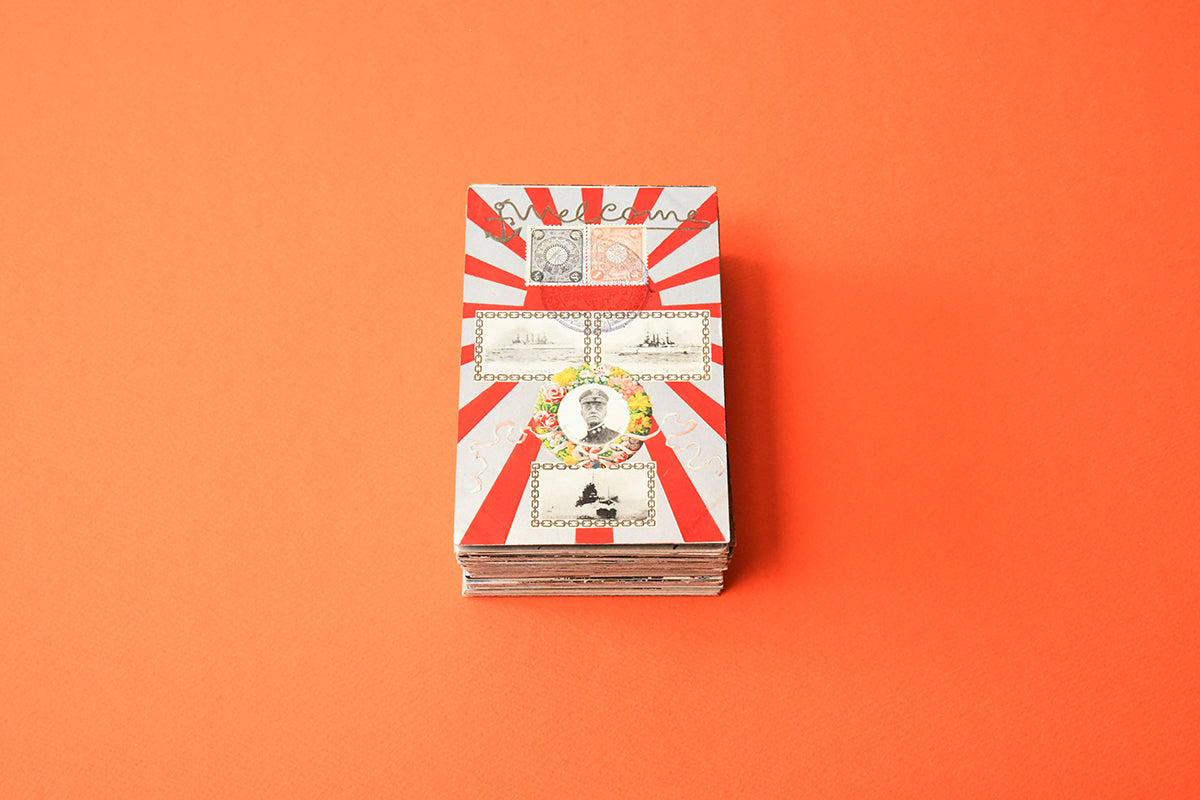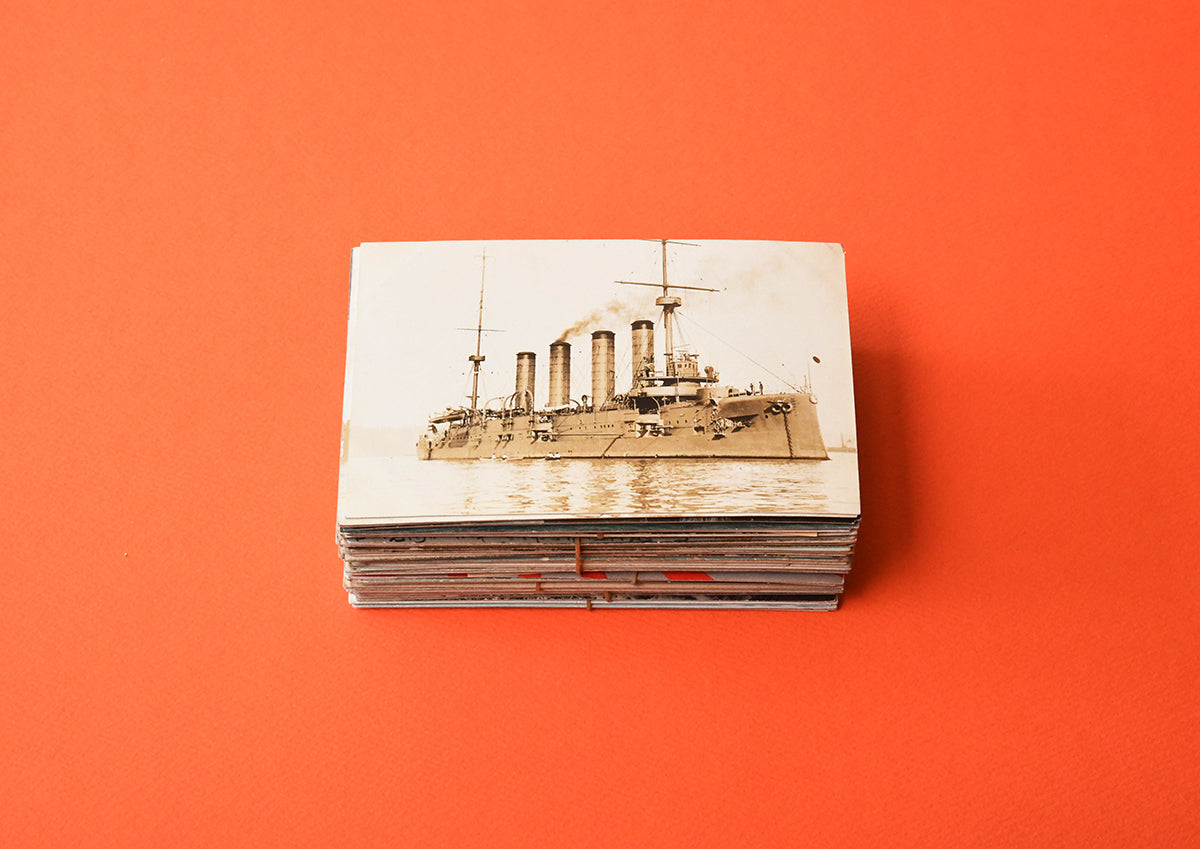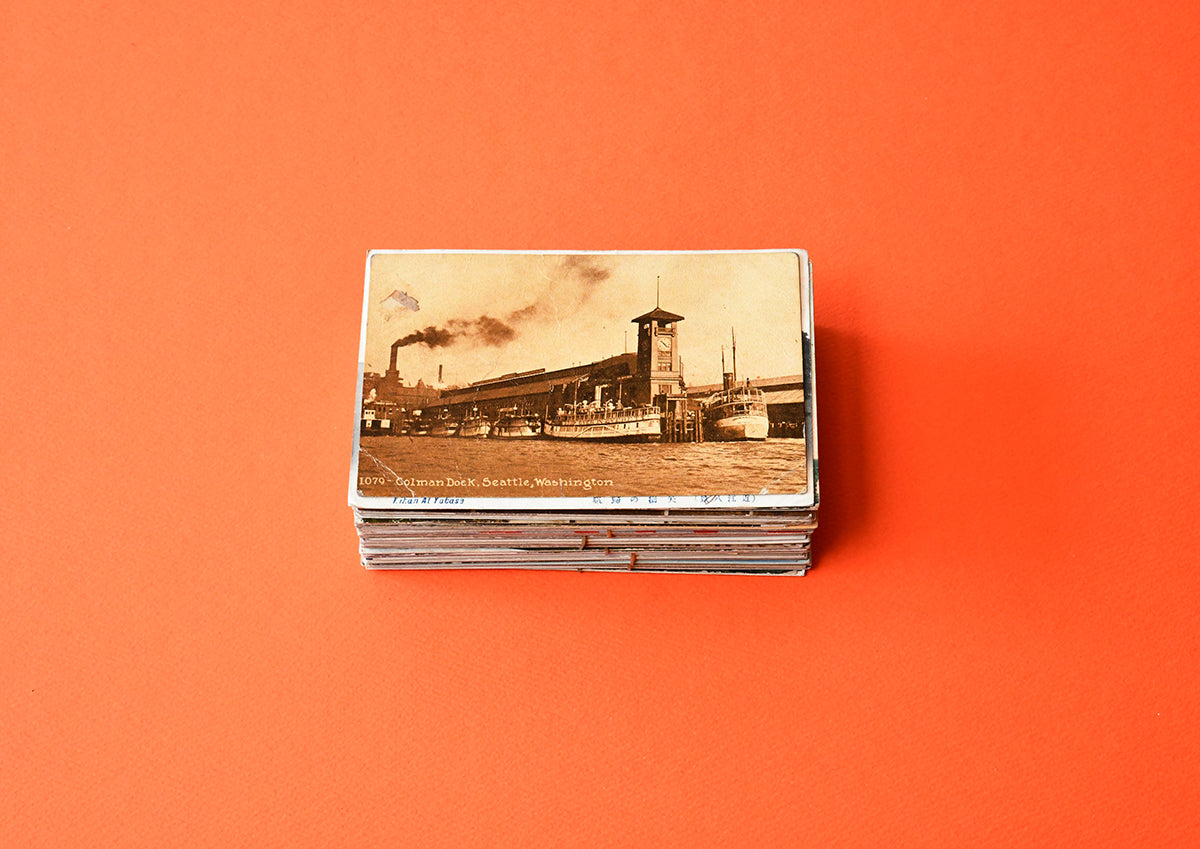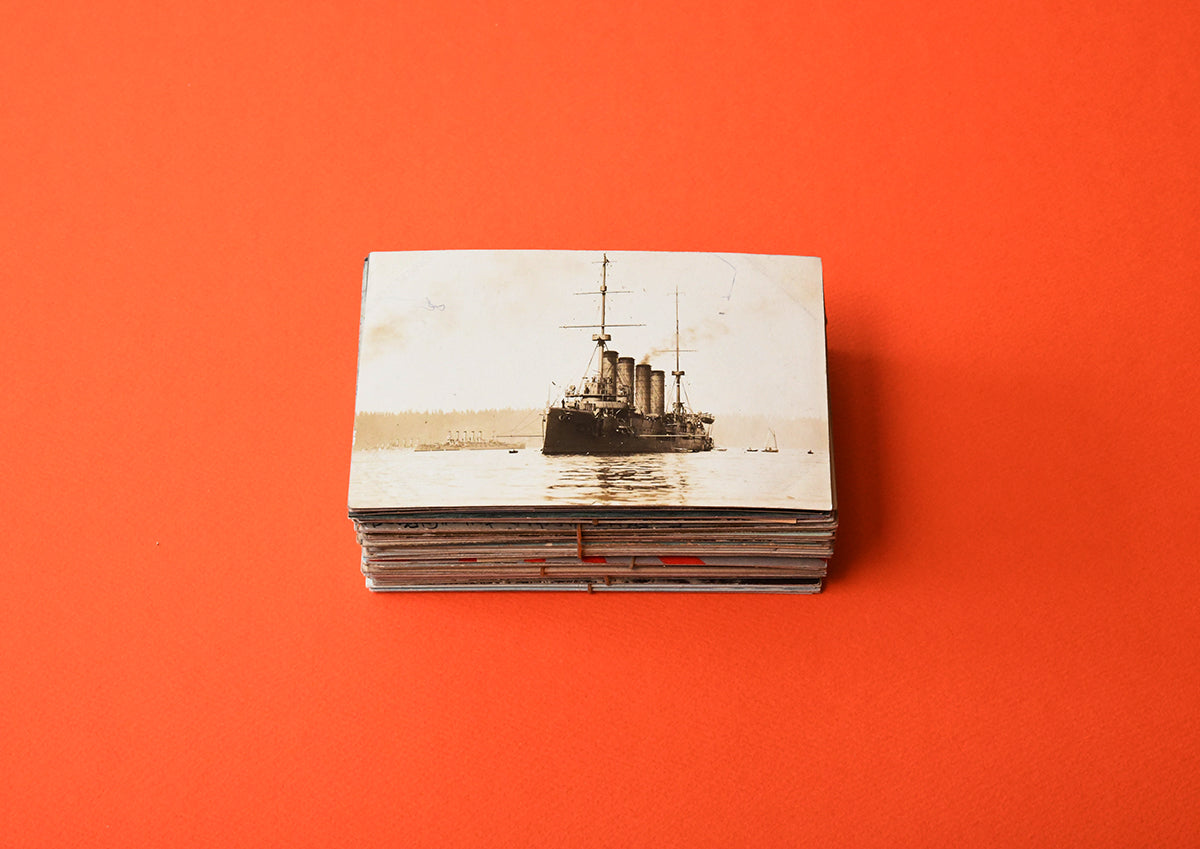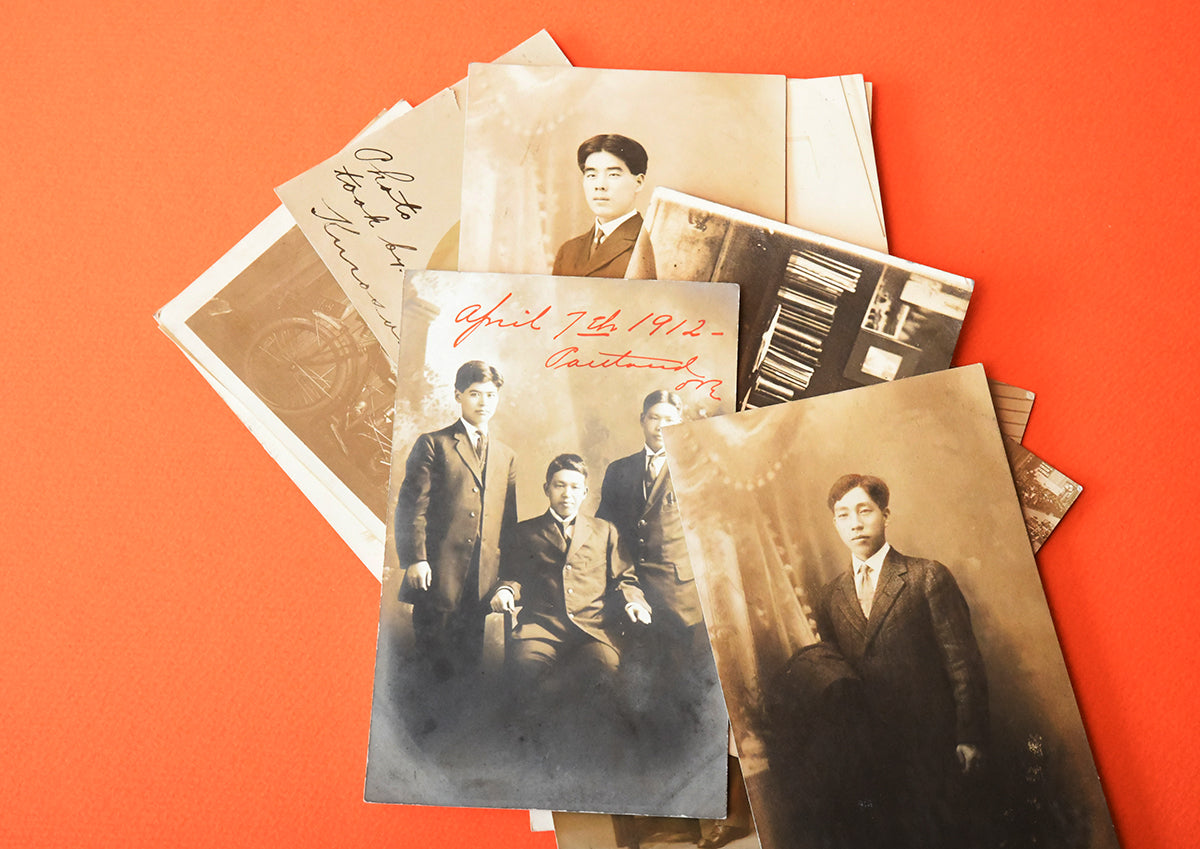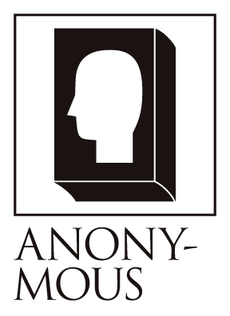Hibino Kozo's postcard
Bibliographic Details
- Title
- 絵葉書
- Year
- 1907~1912(明治40年〜大正1年)
- Size
- h143 × w93 × d50 mm
- Weight
- 510g
- Pages
- 125
- Language
- Japanese / 日本語、English / 英語
- Binding
- 葉書
- Printing
- 一部リトグラフ含む
- Materials
- Paper
The time is the 1900s.
Portland on the West Coast of the United States
There was a general store called "Furuya Shoten."
This is a collection of 125 Japanese and Western folded postcards from 1907 (Meiji 40) to 1912 (Taisho 1). The designs are extremely diverse, ranging from commemorative postcards from tourist spots and stylish New Year's cards to elaborate privately made postcards, and the sheer variety of items gives us a glimpse into the state of affairs at the time when mail was the primary means of communication.
From the used address side, the owner was identified as Hibino Kozo, the branch manager of Yorozuya Furuya Shoten in the United States at that time. There are 51 postcards addressed to Hibino, 11 to other Japanese people, 4 postcards related to Shirokiya, 20 privately made postcards, and 8 unused official postcards from the Alaska-Yukon-Pacific Exposition (Seattle). Many of the used postcards are domestic mail in the United States, suggesting interactions with fellow Americans in various locations. It is unfortunate that there are few business-related contacts, but the condition is good, and the pictures and photographs, as well as details such as stamps and postmarks, can be enjoyed as graphic elements.
"Yorozuya refers to a grocery store where Japanese immigrants who emigrated to North America imported and sold various miscellaneous goods from Japan, mainly food. However, their business was not limited to food and was wide-ranging, and many of them ran operations similar to those of today's general trading companies, making them true Yorozu...Japanese immigrants who emigrated overseas had already been importing food and miscellaneous goods since the end of the 19th century...At that time in Portland, there were stores such as Furuya Shoten, Ban Shoten, and Matsushima Shoten."
2016Kikkoman Food Culture Lecture: "The World of Yorozuya and Japanese Food"March 26, 2016 Shigeru Kojima
From just one postcard, we can learn about the relationship between sender and recipient, the time and place, and the concrete existence of the person who lived there.
The first paper item I won at a market was a postcard. At the time, old postcards were not very popular, and even at the market, they were shoved under a display stand in the corner of the venue, so it was obvious that they were being neglected. I first bought postcards like this when I was running a store in Ookayama, and I started buying them as a way to overcome the situation where even the 100 yen books in the store were not selling at all. Most of the postcards I won at a bid, which filled an entire mandarin orange box, were photographs of tourist spots overseas, and there were about 10 of Mont Saint-Michel alone. When I put them up in a prominent place in the store, they sold like hot cakes for 300 yen each. I got a taste of selling postcards.
We mainly purchased items that Japanese people had bought overseas, but as we began to get our hands on items with stylish pre-war designs, we also began to include more postcards that Japanese people had sent to homes overseas when they were not at home.
For example, postcards (usually written entirely in katakana) addressed to young children left behind in Japan by fathers who have been posted overseas for long periods alone are particularly full of emotion, and I realized how fascinating it is to read postcards. Behind the humorous words that hide loneliness and soothe the children, a human being emerges from the page.
I think it was also postcards that first taught me the fun and depth of working with ephemera.
Text by Masago Sato
